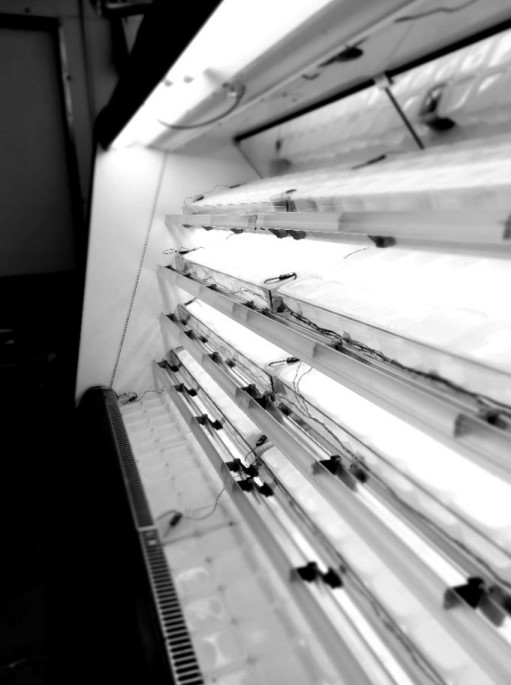Project Info
COMPLETE
 Project Title
Project Title
 Project Title
Project Title
Refrigerated display cases air curtain guiding vanes
Project Number ET19SCE1110 Organization SCE End-use Process Loads Sector Commercial Project Year(s) 2019 - 2022Description
Emerging technology evaluation of refrigerated display case shelf edge guiding vanes. This technology is applicable to all users of open medium temperature refrigerated display cases. Sectors include supermarkets, and convenience stores. Any cold merchandising that utilize an open display case applies.
Project Report Document
Loading PDF Preview...
